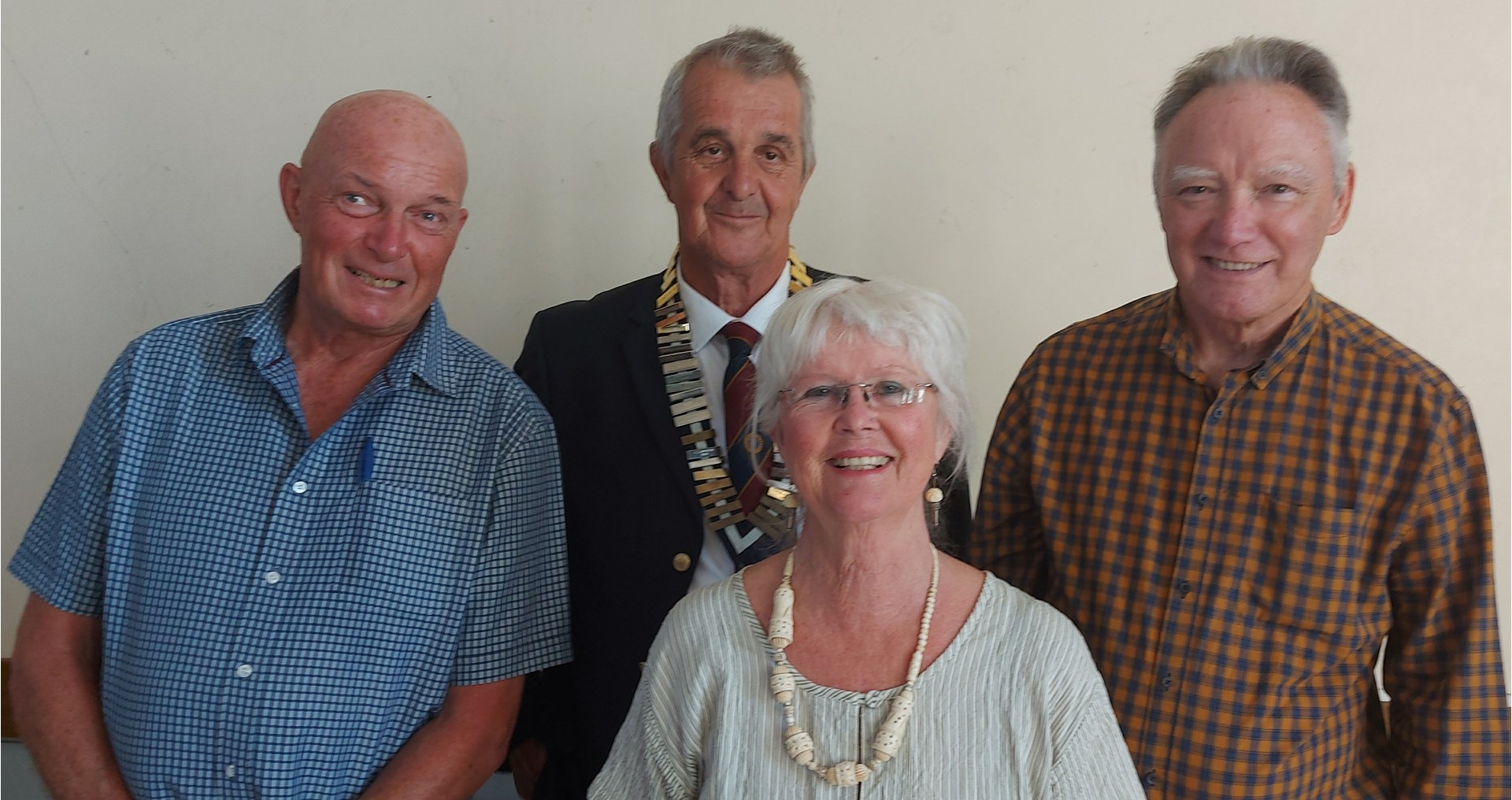Bishopsteignton Field Names June 18th
Local Tythe maps with plots of land having field names was the subject of our speaker’s research. Eileen Simpson, a retired Primary teacher at Bishopsteignton school and local historian with Teignmouth Museum shared her passion about the steeped history of where she now lives. A Tythe (meaning ‘one tenth’ in Old English) was a form of tax raised to support the Church or local land owner whereby the tenant annually gave 1/10th of his produce to the landlord. This practice goes back beyond ancient Anglo Saxon times but it was only in more recently that these rights were documented ‘at field’ level with the creation of written maps and records of ownership, land use and amount of tax due. In the 11th Century, the Bishops of Exeter had their summer residence (or palace) in Bishopsteignton with tythes collected from the local land users to support the church. Devon County Council Public Records Office holds a wealth of information of maps with field boundaries, numbered and named. Many of the names given were in times of only spoken words in local dialect and we were led to imagine the time when the educated and learned scribe asked the local peasants the name of the field or parcel of land. Much misinterpretation must have occurred with several examples quoted. Forches Cross (the field where the hangman’s gibbet stood) was recorded as ‘Four Cheese’ and ‘Calloway’ a field by the road leading to the charcoal pit at Haldon could sound like ‘Coal way’. Many names go as far back to Keltic times. Barton = barley farm; Haldon = Hal(ls) hill; Beer, Bear or Bier = a wood or stand of trees. Another was ‘C or Sentuary field’ = the place of church sanctuary or for alms house support. Often a field would be simply named after its owner/user. Examples of ‘purpose’ were given such as ‘Little Profit’ for an unproductive parcel or ‘Penny Acre’ for cheap good for nothing land. Also ‘Peas(e) Park’ for the place reputed to be where a peace was signed after a Viking invasion. The latest maps were completed in the 1840’s giving values in specie.
The vote of thanks was given by Dr. David Macveigh for bringing history to life and afterwards, the members were able to see from the maps, where they were living and the name of the field their home stood upon.
Posted by Rick Purnell Press Officer
